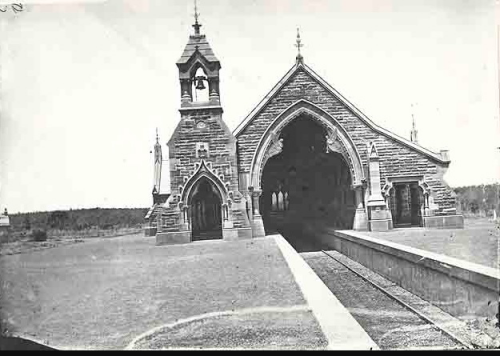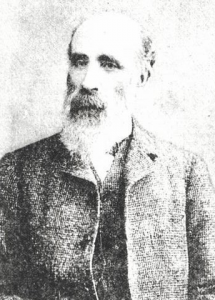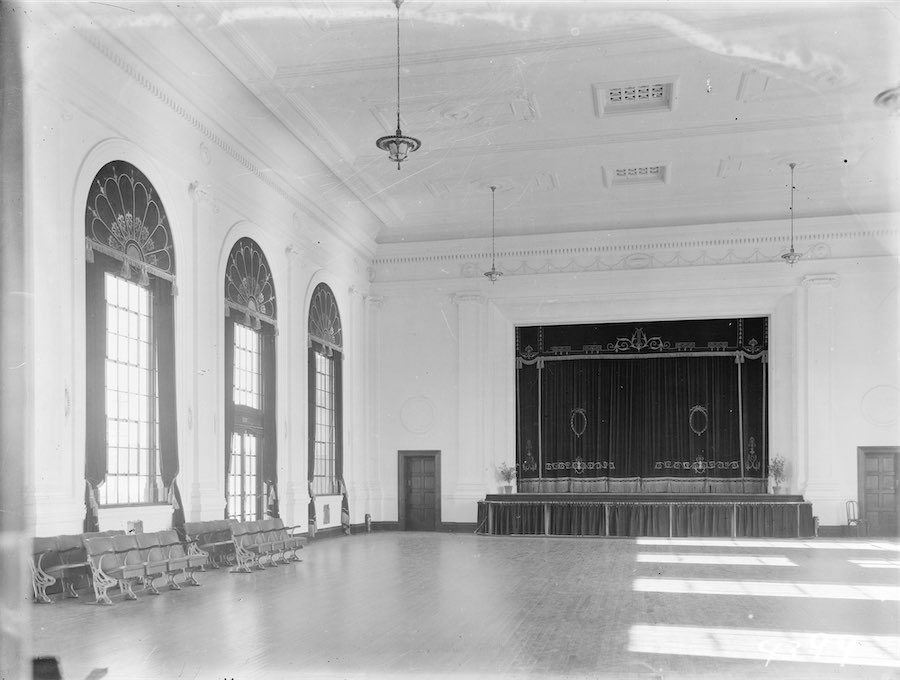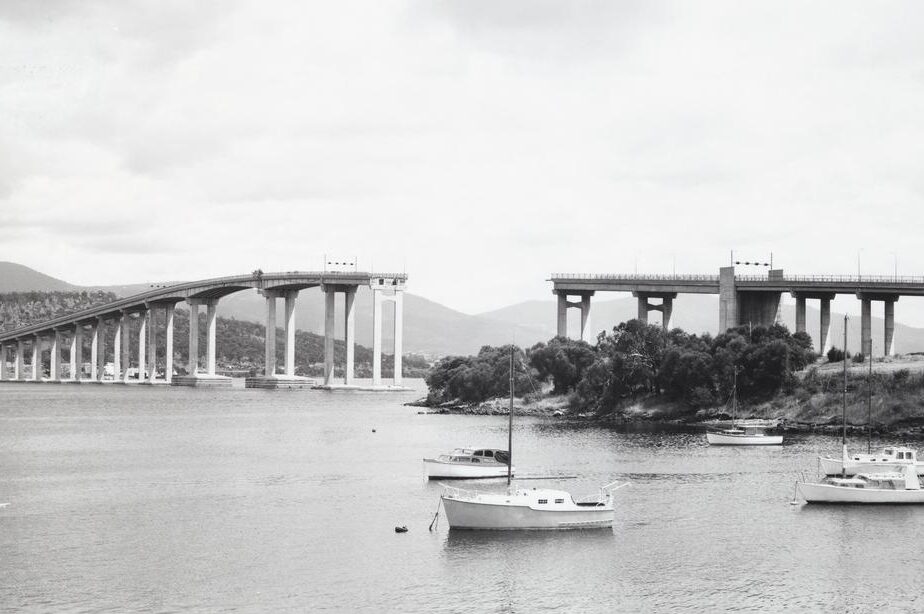

Originally known as the Haslem’s Creek Cemetery, legend has it that Rookwood was either named for a gothic novel from 1834 or is a derivation of Brookwood Cemetery, the biggest in the UK. Having come to envelope some 314 hectares over almost 150 years, Rookwood is so large it earned its own postcode (2141).
It caters to all comers, multicultural in the broadest sense, and is home to five separate offices and chapels for various denominations, seven major memorials, a handful of flower shops, and a couple of cafes. And once, it even had its own railway – the Cemetery Line, used to transport the dearly departed through the city to their last stop.
The Mortuary Station, completed on March 22, 1869, just down the way from Central Station (itself built atop a former burial ground), was where the bereaved and their associated accoutrements would take their leave. They would then be received at Cemetery Station No. 1 (No. 2, 3 and 4 were added later) inside the consecrated bounds of Rookwood.
So what, pray tell, does this valley of the shadow of death have to do with the Canberra region?
Like something straight out of Bram Stoker’s “Dracula”, the ornate, gothic-style stations, replete with “angels, cherubs and gargoyles” (and, yes, of course they’re said to be haunted) were designed by the NSW Colonial Architect of the day, James Barnet.

No slouch, Mr Barnet was better known for his other landmark structures including Sydney’s GPO and the cathedral-like Grand Palace, which housed the Sydney International Exhibition until it was destroyed by fire in 1882.
After almost a century of use, it was decided the stations were to go the way of the majority of their passengers.
Ensconced behind locked, wrought-iron gates, the first remains in situ, though rarely accessible, on Regent Street. The second, at which the dead arrived, vanished – from the environs of the NSW capital in any regard.
Far from the end of the line for the Mortuary Terminus, it wound up in perhaps the least likely location; not perched on some remote Transylvanian clifftop, rather, right here in the national capital, as a church no less. It was re-erected stone-by-backbreaking-stone as the Anglican All Saints in Ainslie in 1957, after the forward-thinking reverend Edward Buckle shelled out 100 pounds (plus another 23,900 for transport and construction) in order to replace the congregation’s draughty hall with something eminently more suitable.
But, of course, this twisty tale doesn’t end there.
Soon after the Mortuary Stations were crafted for their purpose, Queanbeyan’s similarly gothic St Stephen’s Presbyterian Church was constructed in 1874.

James Barnet was a member of this Reformed Protestant flock and, in a coup for a town with a population of around 1000, in 1881 the NSW Colonial Architect agreed to design the Queanbeyan manse (the residence of the minister), one of the few minor projects to which he ever turned his considerable talents.
And if that gem of historic serendipity isn’t quite obscure enough to satisfy the ever-curious, a decade-and-a-half later, that very building would be the place of death of his own daughter, Mrs Amy Steel, at the age of 40.
Amy and her husband, one of the colony’s most “popular divines”, the reverend Robert Alexander Steel, had moved to Queanbeyan to preach the word at the same time her good old dad offered to lend a hand.
The Steels had lived there happily until Amy’s unexpected death in 1897. Three short months later, Mr Steel moved back to Sydney and when he died almost 20 years on, he was buried – you guessed it – in Rookwood.
No funeral train would carry Amy on though, and just like the manse and All Saints, she remains among us still, her grave to be found in the distinctly smaller but equally historic Queanbeyan Riverside Cemetery of 1846.
Author Nichole Overall is a Queanbeyan-based journalist and social historian with a predilection for bringing to light the unsolved mysteries and conundrums of the capital region.

Who can be trusted?
In a world of spin and confusion, there’s never been a more important time to support independent journalism in Canberra.
If you trust our work online and want to enforce the power of independent voices, I invite you to make a small contribution.
Every dollar of support is invested back into our journalism to help keep citynews.com.au strong and free.
Thank you,
Ian Meikle, editor








Leave a Reply